From the Billings Gazette:
Cattle industry losses could reach millions
By TOM LUTEY
Of The Gazette Staff
Montana's cattle industry will take at least a $6 million hit for losing its brucellosis-free status, said insiders, who called damage inevitable after a Paradise Valley heifer tested positive for the disease.
Auction block prices aren't likely to slip, but the cost of assuring the rest of the country that Montana's cattle are disease-free is expected to mushroom. For years, the state has gotten by with testing only a small percentage of its cattle for brucellosis. The number of cattle tested in Montana will increase more than tenfold.
"In terms of numbers, it will be somewhere in the $5 million to $6 million range," said Myles Watts, livestock economist at Montana State University. "The biggest impact is probably going to be for testing animals 18 months and older, about $15 a head for culled cows, and we sell about 220,000 to 240,000 culled cows a year."
"It's certainly a black cloud at this point in time," he said. The jump in testing will occur when Montana officially loses its brucellosis-free status after the case is published in the Federal Register, probably in the next four to eight weeks.
In February, for the first time in 74 years, the federal government declared all states and territories brucellosis-free.
But for practical purposes, the state's disease-free distinction is gone, said Roger Inreland, a Big Timber cattle rancher who specializes in breeding stock, a niche market expected to be hit hard by the news. The ranch's bulls and nonspayed females 18 months and older will now have to be tested, in spite of Indreland's efforts to carefully document the health and bloodlines of his Angus, which are free of implanted hormones.
A brucellosis test costs $1.50 or less. The real expense is in rounding up the cattle for testing, hiring a veterinarian to draw blood and keeping the cattle corralled until the results come back. The roundup and the testing are likely to cost $12 to $15 per animal, which MSU's Watts said will be the biggest impact.
Corralled cattle also must be fed hay at a cost of $1 per day, per animal. Indreland and other ranchers worry that it might take a week or more to hear from the lab.
The rub, Indreland said, is that Montana ranchers have been carefully testing their livestock for brucellosis for years, which was the only way the state could protect its federally issued brucellosis-free status. The infected heifer was discovered through ranch testing. State officials said Monday that the animal was probably infected through contact with elk, which are not tested.
Indreland and other ranchers have repeatedly faulted the federal government for not better managing brucellosis in wildlife migrating from Yellowstone National Park.
"I don't think any discussion should be had without making a point of the irresponsible management of the wildlife in Yellowstone National Park," Indreland said.
Other cattle industry insiders emphasized that there hadn't been a brucellosis outbreak in the state. The first report of the disease in 22 years in Montana occurred in May 2007, when cattle in a Bridger herd tested positive. Some of those cattle had originated from a ranch in Emigrant. Officials wouldn't say whether the incidents were related.
A mad rush to the auction yard before the state's brucellosis status is officially revoked isn't likely, said Ty Thompson, the sales manager at the Billings Livestock Commission.
Some of the best-selling cattle at the Public Auction Yards in Billings lately have come from Wyoming, Thompson said. Those cattle are part of the small percentage of livestock that have blood drawn for brucellosis testing no matter what. A veterinarian at the stockyard makes sure the cattle are properly "card tested," meaning they've received a sort of litmus test for the disease. Blood samples also are sent to a state testing lab in Bozeman.
"Now, we maybe bleed 2 percent of the cows. Two percent that are either going to certain states that require testing regardless (of brucellosis status), or are Wyoming cattle coming into Montana," Thompson said. "Now we're going to have to do 100 percent."
That increase in testing, not only at stockyards but also at ranches wherever cattle 18 months and older are sold, will inundate the Montana Veterinary Diagnostic Laboratory with blood samples. Dr. Bill Layton, the lab administrator, said brucellosis tests at the laboratory could jump from 31,000 last year to 400,000 annually.
The testing is currently done by three people.
Samples that initially test negative will be quickly dispatched, but those testing positive, even falsely positive, will take time, he said.
Posts and Comments from Readers
Please include yourself in the discussion. Post a comment.
Wednesday, June 11, 2008
BRUCELLOSIS IN MONTANA CATTLE LINKED TO YELLOWSTONE BISON
Labels:
Bison,
BRUCELLOSIS,
Yellowstone
Subscribe to:
Post Comments (Atom)









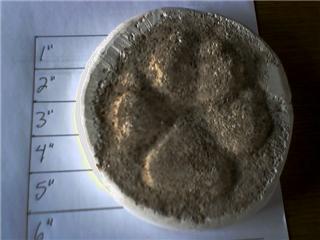


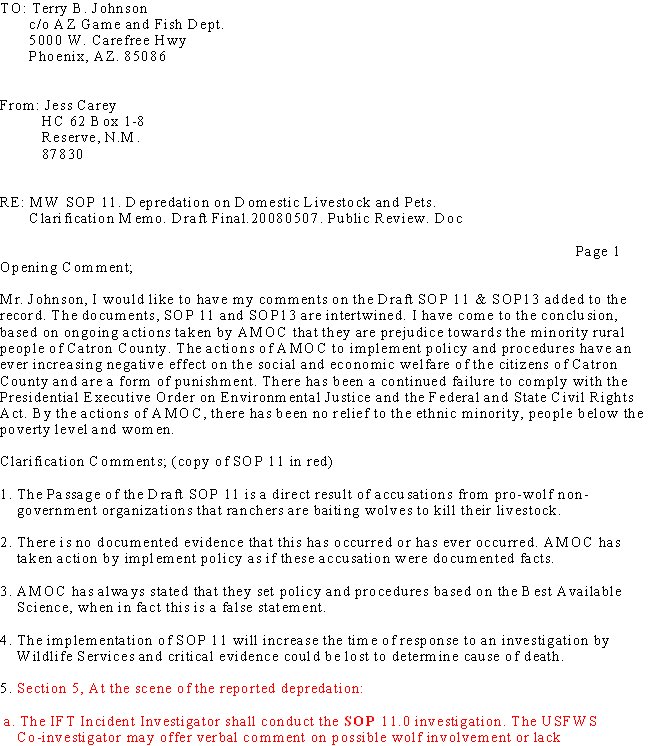
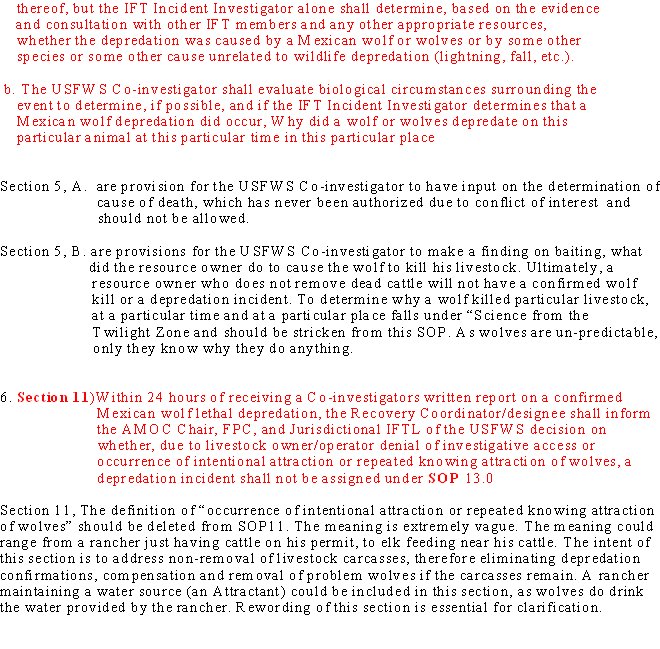
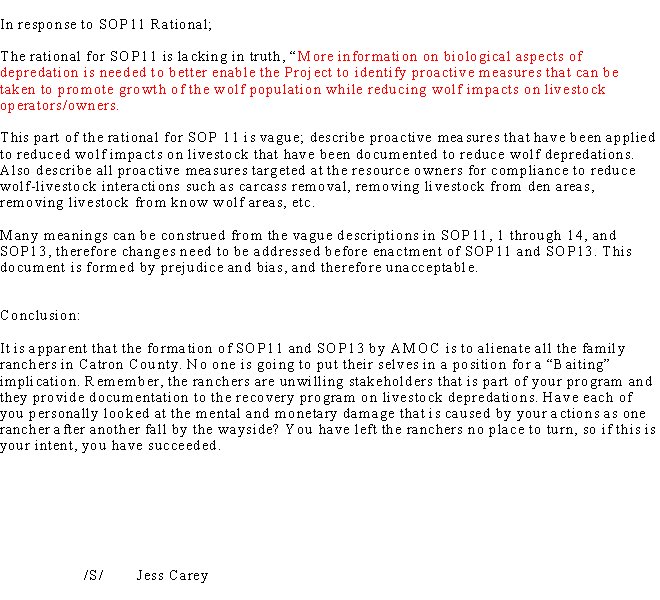

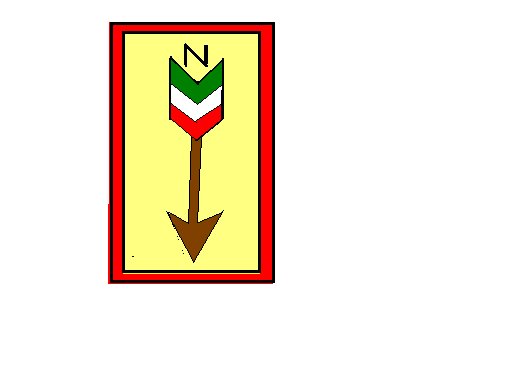


.jpg)


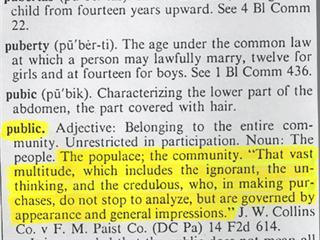









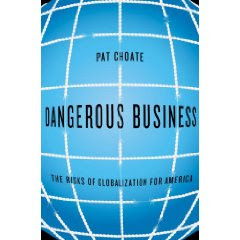
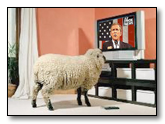

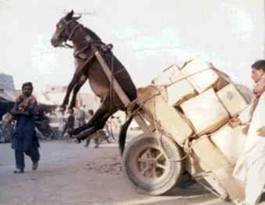


No comments:
Post a Comment